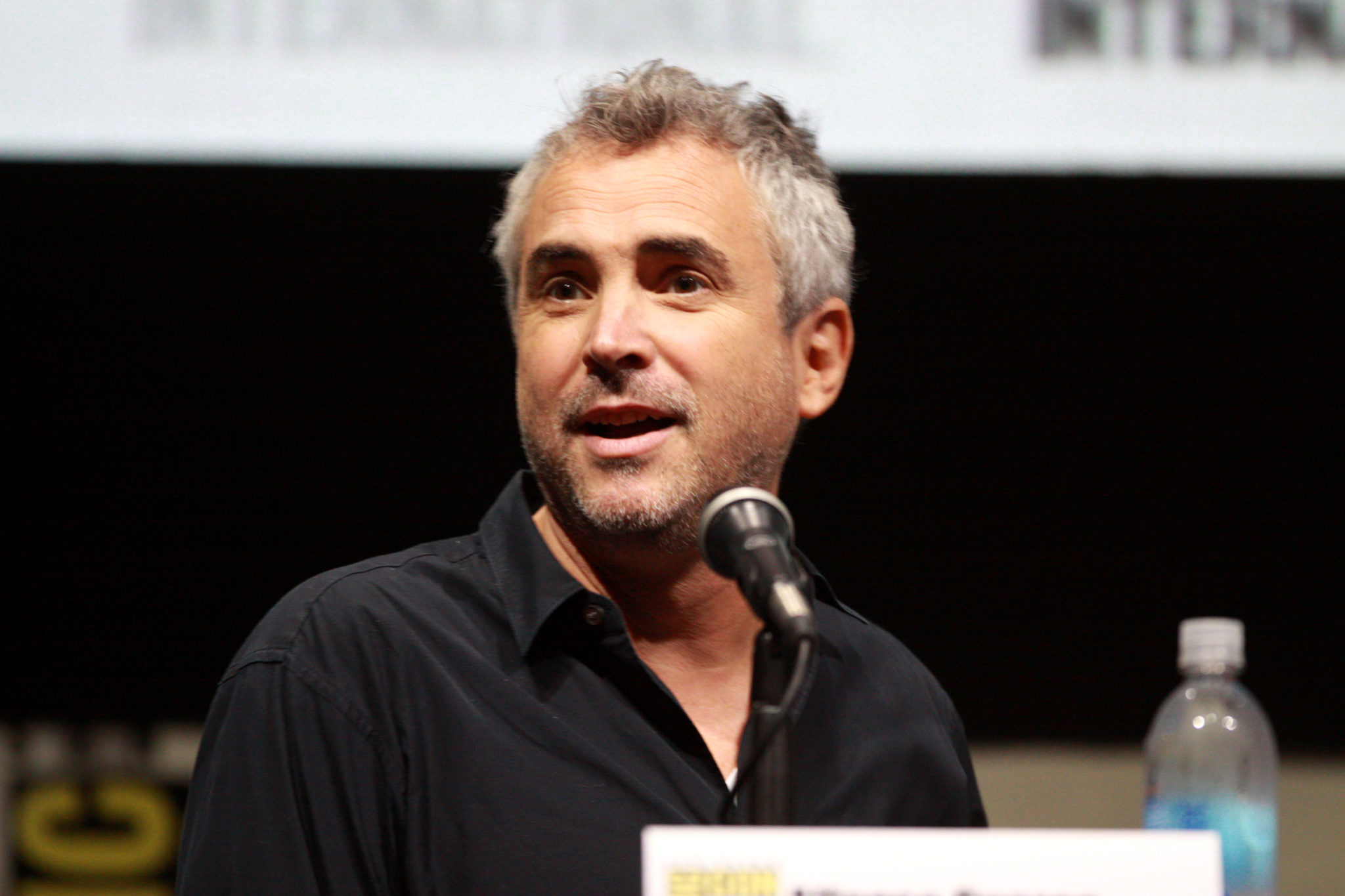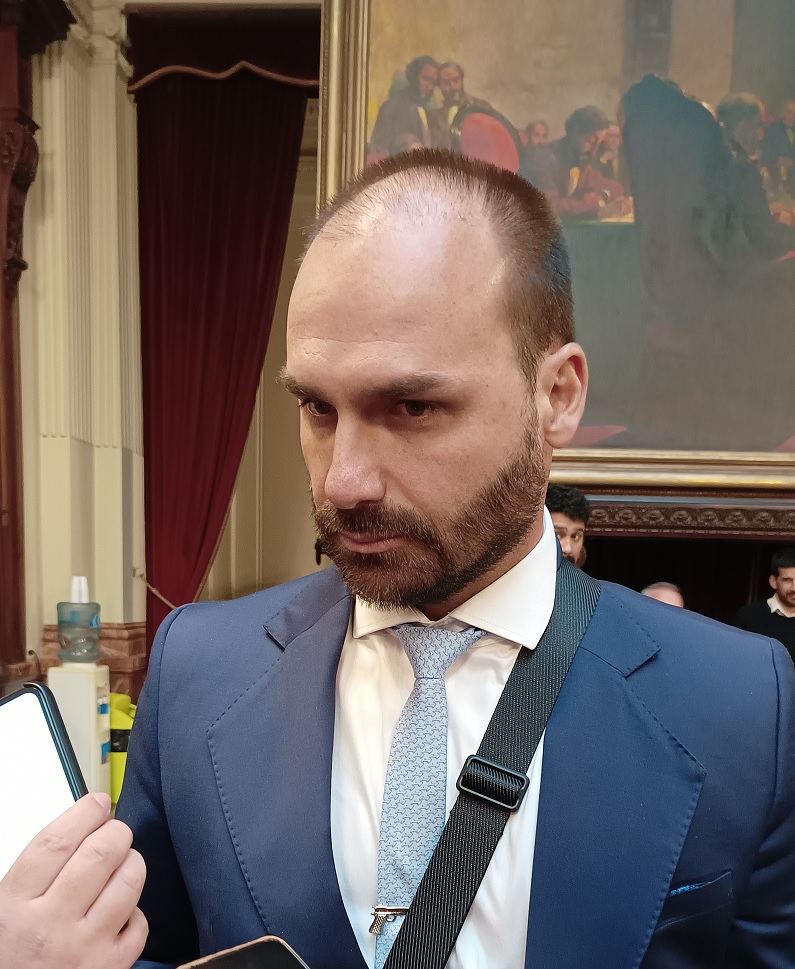This article is part of a series by Latin America Reports chronicling the most important cultural, artistic and political figures in Latin American society.
Trouble in space, global apocalypse, coming-of-age road trips and Harry Potter – it could only be the filmography of Alfonso Cuarón.
The eclectic writer and director has released a steady stream of high-quality, boundary-pushing films over the past three decades to become one of Mexico’s most respected film auteurs. Really, who else but Cuarón could follow up the third installment of the world’s most popular boy wizard with an apocalypse film depicting a harrowing world where humans can no longer procreate?
The six-time Academy Award nominee is the real deal: combing deep, emotional characters with technical prowess and visual richness. While his films cover varied subject matter and narratives, Cuarón’s own life story follows one consistent theme: family.
Alfonso Cuarón Orozco was born in Mexico City in 1961. His father, Alfredo Cuarón, was a nuclear physicist who worked for the United Nations’ International Atomic Energy Agency, while the director shares filmmaking blood with his brother Carlos, who is also in the industry. Cuarón studied philosophy before transitioning to filmmaking at the Centro Universitario de Estudios Cinematográficos. It was here where he met director Carlos Marcovich and cinematographer Emmanuel Lubezki, and they created what would be his first short film, Vengeance Is Mine.
Cuarón moved into Mexican television, rising through the ranks from technician to director before getting his big break in film with the 1991 sex comedy Sólo Con Tu Pareja. Unlike most directors, Cuarón oversaw most aspects of the film’s production including producing, directing, editing and writing with brother Carlos. The resulting film gained Mexican acclaim and the attention of director Sydney Pollack: who tapped Cuarón to direct an episode of the Showtime television series Fallen Angels.
This led to Cuarón’s first international break with the 1995 American production of A Little Princess. The children’s novel adaptation failed to strike a chord with audiences but garnered critical acclaim and two Academy Award nominations. The director followed up in 1998 with another literary adaptation in Great Expectations, starring Hollywood heavyweights Robert De Niro and Gwyneth Paltrow.
These were big productions, especially for a foreign filmmaker dealing with foreign production companies. Following his foray into American film, Cuarón returned home to do what he does best: write and create with his brother Carlos. The pair ended up with Y Tu Mamá También: an explicit coming-of-age film about two boys travelling with an older woman. The raunchy humour, sexual themes and daring nature of the film was a hit at home and abroad, with the brothers sharing an Academy Award nomination and Cuarón receiving the biggest offer of his career thus far.
How a teenage sex comedy turned into directing the world’s biggest franchise is an interesting leap, but nonetheless, Cuarón proved himself a worthy choice with 2004’s adaptation of Harry Potter and the Prisoner of Azkaban. The film adopted a darker tone than the other boy wizard films and remains one of the best-received movies in the franchise. The movie grossed almost $800 million worldwide.
As was typical for Cuarón at the time, his next movie selection was a sharp left-turn: Children of Men. The Clive Owen feature shows a world where two decades of human infertility have left society on the brink of collapse. Again in Cuarón fashion he helped adapt the novel, write the script, produce and direct. Again in Cuarón fashion it was a smash-hit and regarded as one of 2006’s best pictures.
But where do you go from two smash-hits in a row? You go to space and make another one. Cuarón this time teamed up with his son, Jonás, to write a script which sent Sandra Bullock and George Clooney into a god-forsaken shuttle orbiting the earth. The resulting film took three years to make as it adapted new filming techniques and visual effects. Of course, and it should be no surprise by this point, the film was one of the most acclaimed of its time. The movie took home seven Academy Awards including Best Director for Cuarón, as well as box office receipts of more than $700 million.
Cuarón is a director’s director. He is dedicated to his craft from both a narrative and technical stand-point. He collaborates with both family and friends, including contemporary Mexican filmmakers like Guillermo Del Toro and Alejandro González Iñárritu, to tell complex, interesting, harrowing tales. These aren’t just movies, these are intricately crafted pieces of art which are considered as some of the best of the modern era. These pieces transcend genre or style, instead opting to embrace character and the emotion of a moment. Alfonso Cuarón: the Mexican film magician.










